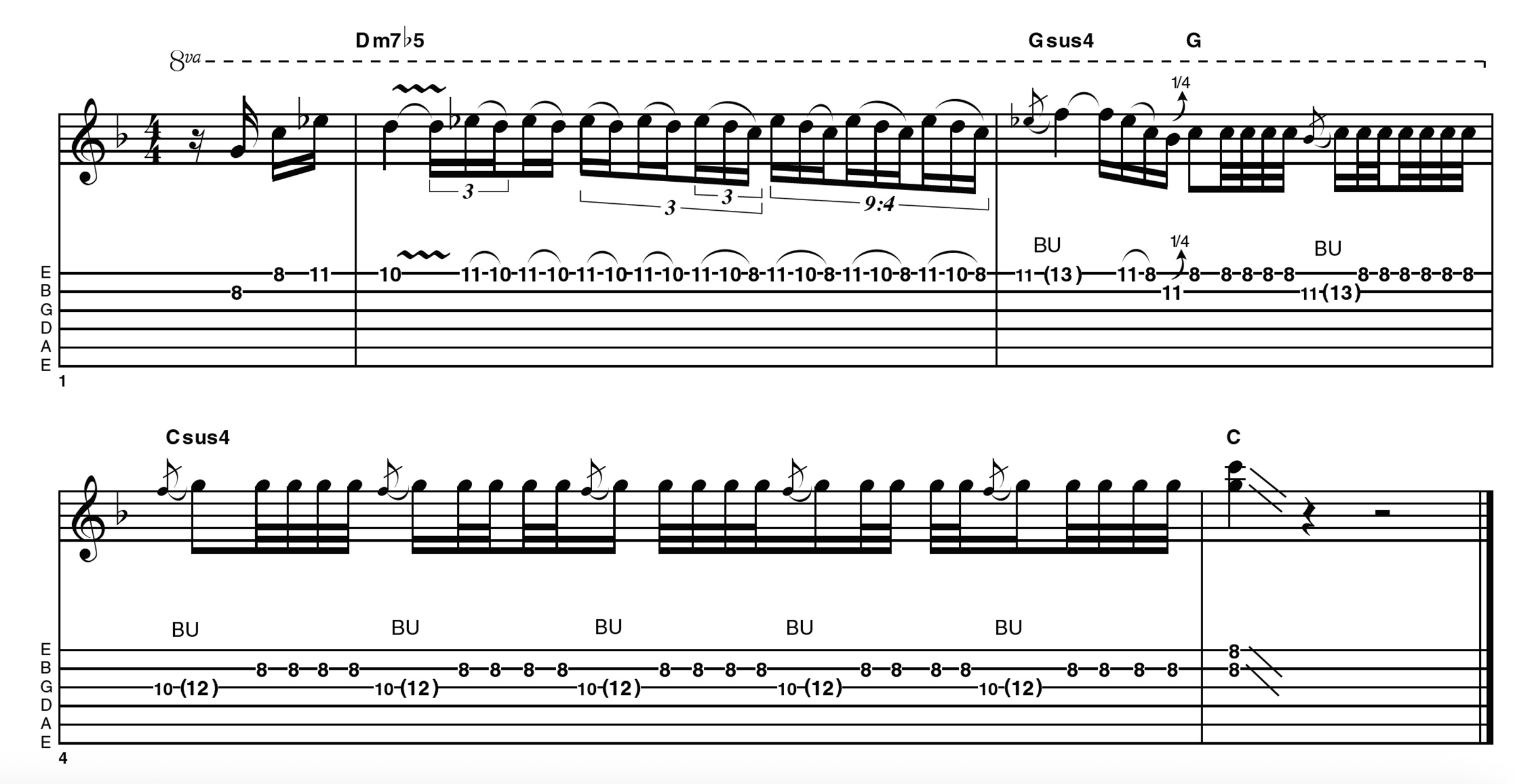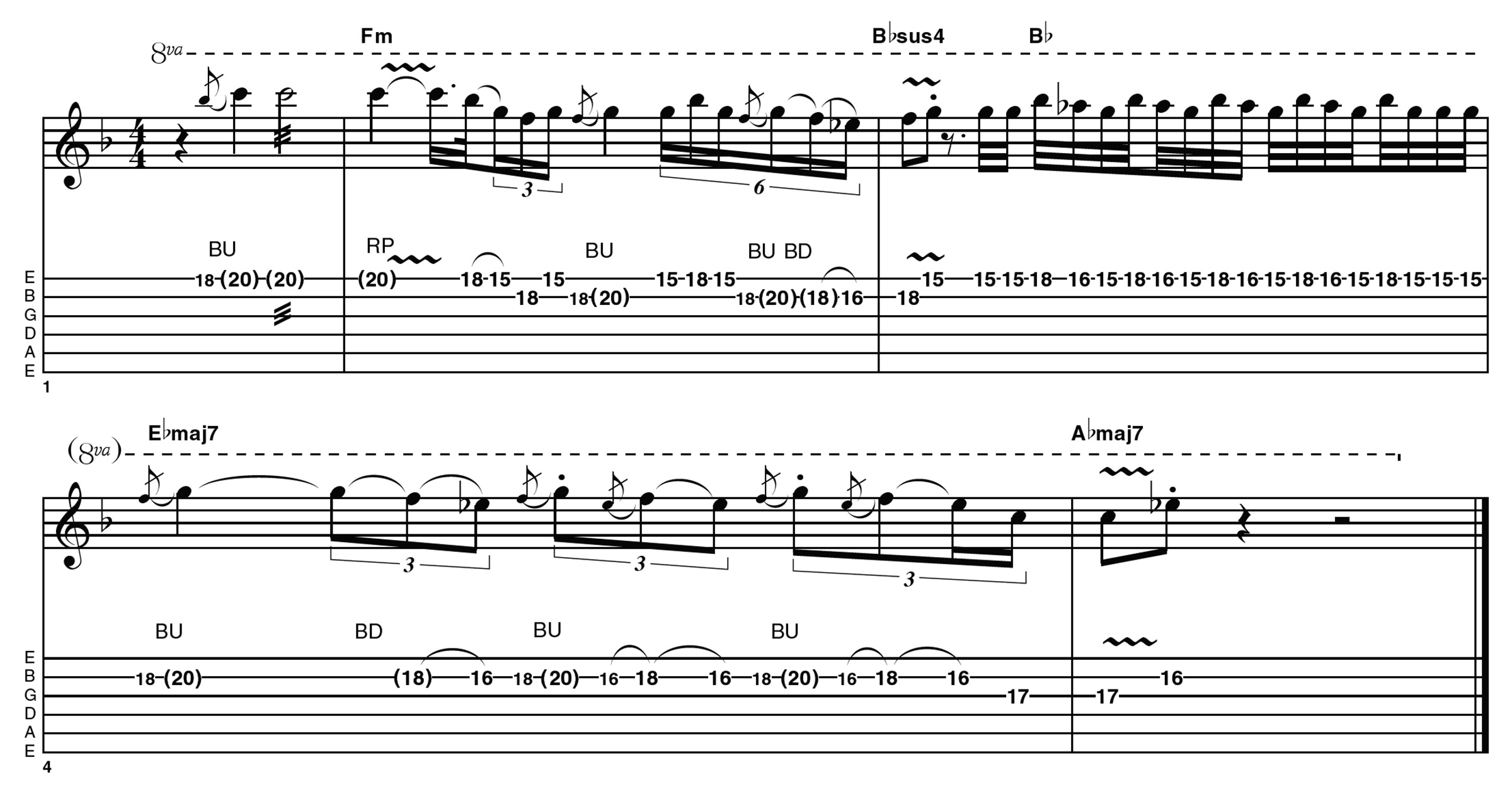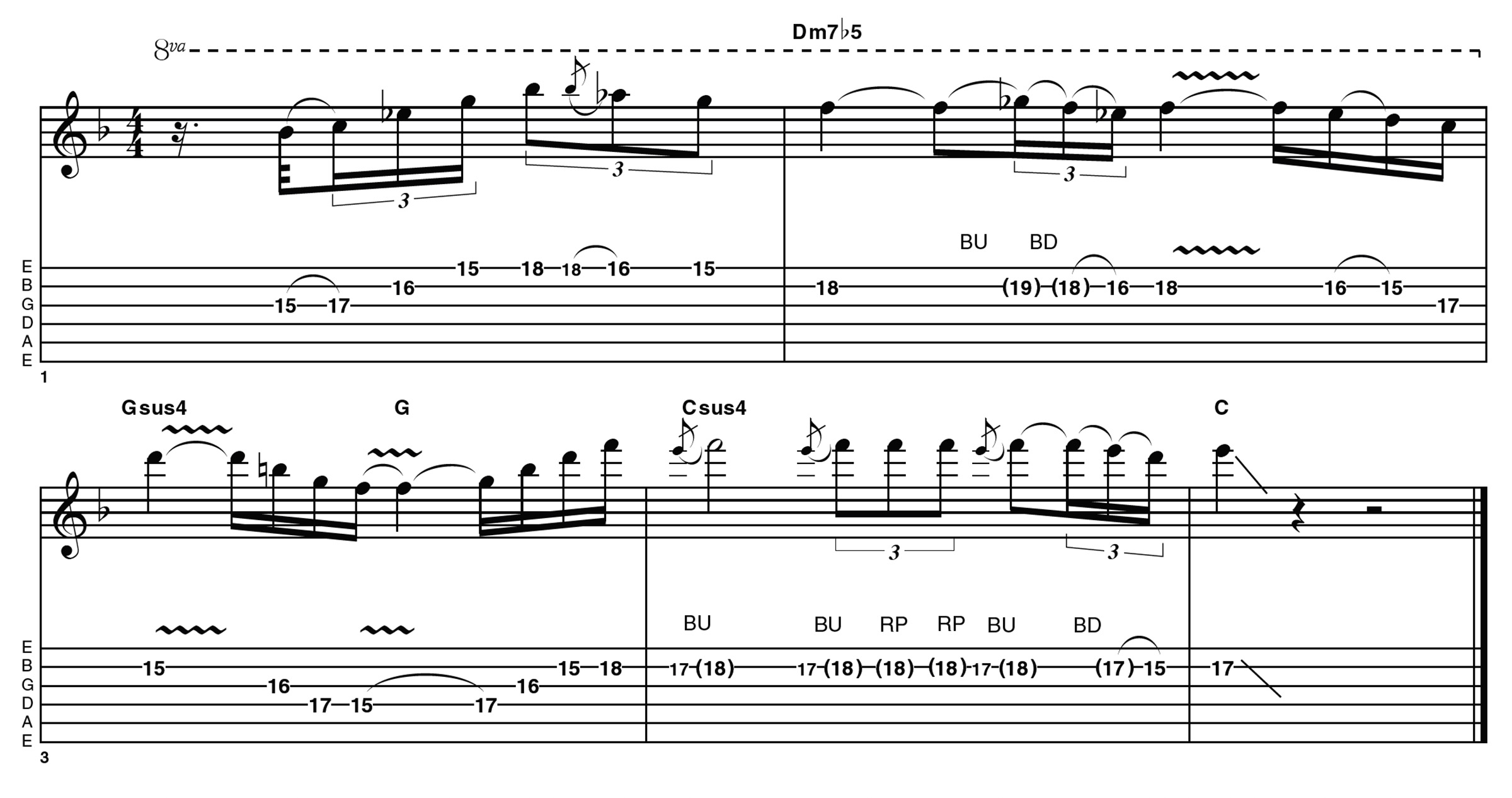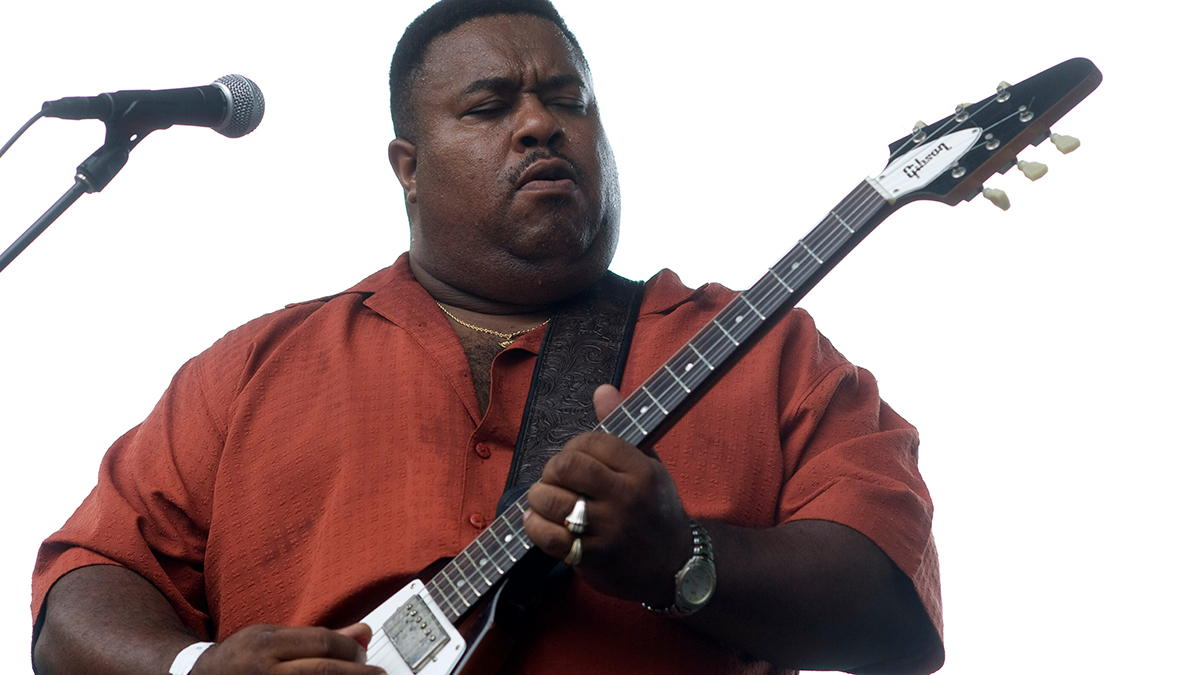“Initially, his strongest influence was the blues. Then his Mexican heritage surfaced and combined with the influences of Jimi Hendrix, Miles Davis, Tito Puente and Gábor Szabó”: Decoding the magic of Carlos Santana’s supernatural soloing style
Stay cosmic with this lesson in how Carlos Santana took the blues as practiced by B.B. King and Peter Green, plus the new radical rock styles of the '60s, and put his signature spin on them

Born in Mexico, Carlos Santana moved to the US with his family as a teenager and was in a unique position to combine his own musical heritage (partly gained from his father, who was also a musician) with the stylistic melting pot that was taking place in San Francisco during the ’60s.
Initially, his strongest influence was the blues; B.B. King, Mike Bloomfield and Peter Green, among others, inspired him to form the Santana Blues Band in 1966. Within a couple of years, his Mexican heritage began to surface and combined with the influences of Jimi Hendrix, Miles Davis, Tito Puente and Gábor Szabó.
By 1969, he had assembled the first line-up of the Santana band and was signed to Columbia Records, recording their debut LP. Santana was an early adopter of the singing, sustained notes made possible by playing at high volume.
Earlier gear setups included Fender amps and Gibson guitars, though he was quick to notice the potential of the Mesa/Boogie Mark I – and was allegedly responsible for part of its name by exclaiming the following while trying it out: “Man, that thing really boogies!”
These days, he is most associated with various models of his PRS signature guitar, using a wah pedal as a tone filter. This is often set at a fixed point – but not always.
The examples here are inspired by Santana’s soulful phrasing, combining long, held notes with exuberant flurries of picking. Pentatonic ideas are mixed with a jazz influence, picking out minor 9ths, suspended 4ths and partial arpeggios.
This is more about playing and embellishing a melody than thinking about music theory – and, as in Jimmy Page’s playing, the faster phrases are not intended to be perfectly ‘on the grid’ in terms of timing. Try that and you’ll find it loses something…
All the latest guitar news, interviews, lessons, reviews, deals and more, direct to your inbox!
Example 1
This first example establishes a melodic and rhythmic pattern that is embellished with bends, slides and rhythmic picking. There is a blues influence, but this isn’t a ‘straight’ blues.
Check out the C minor arpeggio in the pick-up bar, then the brief Bb7 arpeggio leading into bar 3, where the sus4 (Ab) is stressed over the Eb chord. The tail end of the phrase in bar 4 is more of a blues motif with the ‘thrown away’ pull-off.
Example 2
Again, there is an arpeggio fragment leading into the main body of the phrase. This builds with some faster legato and picked repeated ideas. These are transcribed in strict time for ease of reading, but in reality this is more relaxed and pulls back a little against the beat.
Try playing ever so slightly behind without going completely out of time, and you’ll be in the right ballpark. Note that the wah is rocked slightly forward to add some extra expression at the end of this example.
Example 3
We’re reaching something of a peak with the held and then tremolo-picked bend that starts this phrase, leading to more of a pentatonic feel in the follow-up.
We don’t stay pentatonic for long, though – a rapid-picked repeated phrase is followed by some more triplet-based ideas that mix staccato and held notes. Like Example 2, these are transcribed in strict time, but you’ll want to experiment to get the right ‘lilt’ going on here.
Example 4
This closing phrase returns to a more controlled feel, picking up on a few of the arpeggios for the underlying Gsus4/G chords, then emphasising the sus4 (F) over the final Csus4/C chords.
You don’t necessarily need to learn the arpeggio shapes for each chord, but it’s fair to assume that Santana would have absorbed a lot from his eclectic influences going back decades. Also remember: sometimes one note played rhythmically can be all you need!
Hear it here
Santana – Santana
The band’s debut was released in 1969 just after their successful appearance at the Woodstock Festival. There had not been a fusion of rock, blues and Latin sounds like this before.
Though the guitar tone and overall production have become more refined over the decades, this is a definitive statement to start his career. With the heartfelt playing and emotional impact on tracks such as Evil Ways, Soul Sacrifice and Jingo, Carlos had already formed his own unique style.
Santana – Abraxas
The follow-up to Santana, Abraxas, was released in 1970 and it’s essential listening for anyone getting into Carlos Santana. It contains his famous cover of Black Magic Woman segueing into Gábor Szabó’s Gypsy Queen.
Oye Cómo Va remains a well-deserved classic, showcasing Carlos’s ability to quote from an impressive variety of styles in just one guitar solo. Finally, check out Samba Pa Ti – there’s plenty to learn from the way he pushes and pulls the rhythms on this one.
Santana – Supernatural
Fast-forward to 1999 and this nine-times Grammy Award-winning album (with featured special guests) thrust Santana firmly back into the mainstream spotlight.
Singles such as Smooth (featuring Rob Thomas), Maria Maria (with the Product G&B) and Put Your Lights On (featuring Everlast) showcase his playing, often in a more contemporary setting. And, suffice to say, it’s lost none of its vitality over the ensuing decades; the tones are more refined, but the essence remains.
- This article first appeared in Guitarist. Subscribe and save.
As well as a longtime contributor to Guitarist and Guitar Techniques, Richard is Tony Hadley’s longstanding guitarist, and has worked with everyone from Roger Daltrey to Ronan Keating.
You must confirm your public display name before commenting
Please logout and then login again, you will then be prompted to enter your display name.









